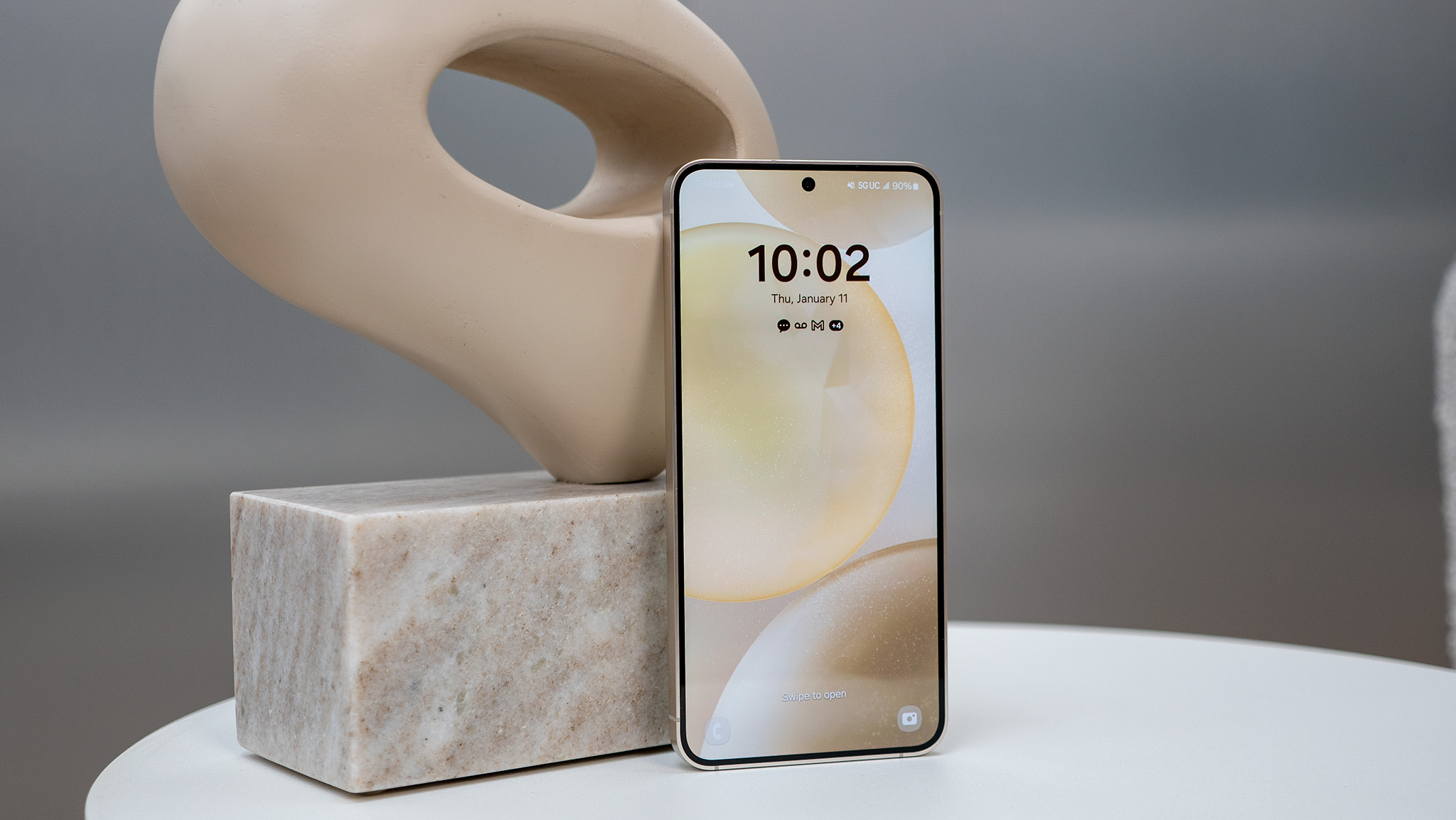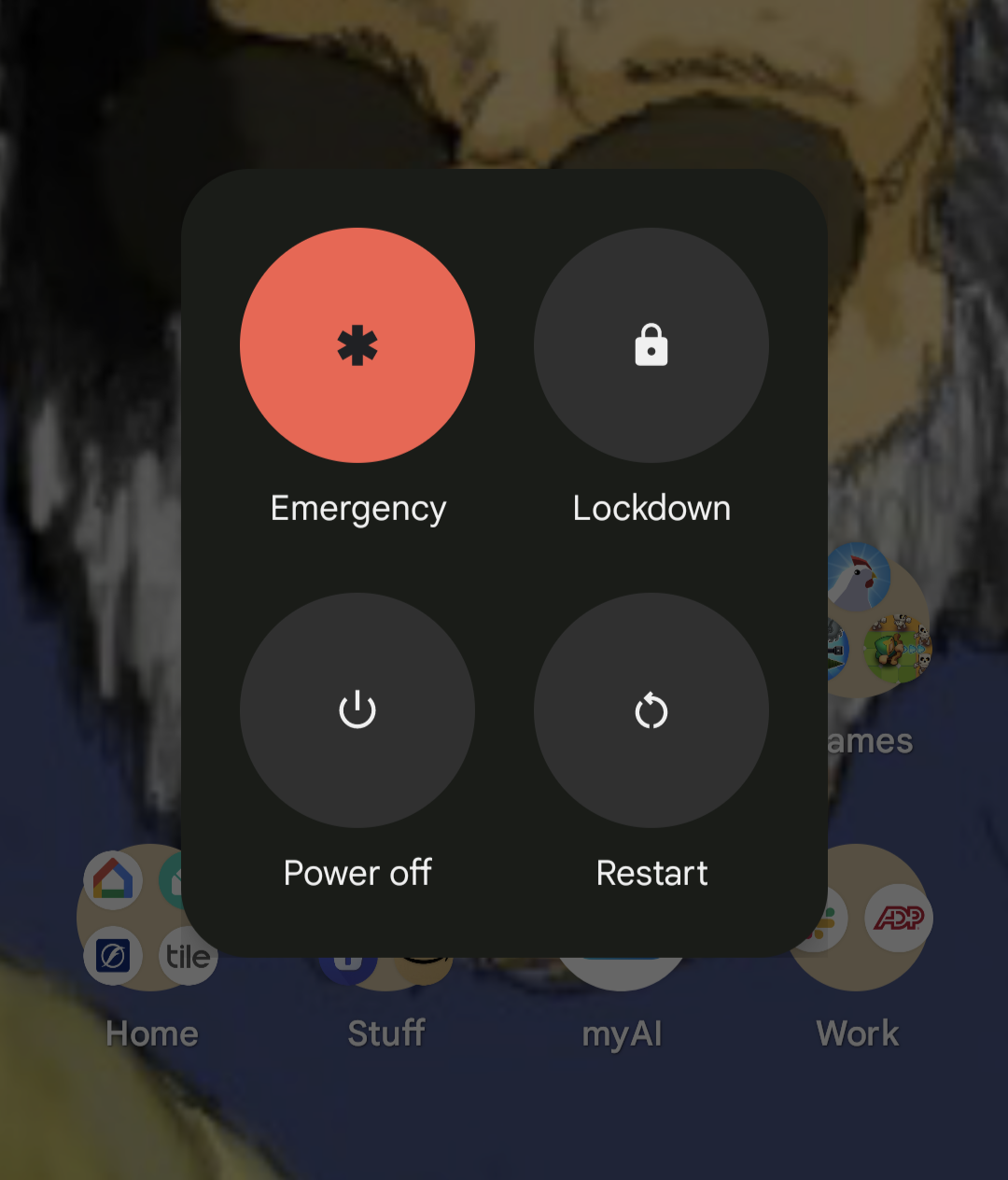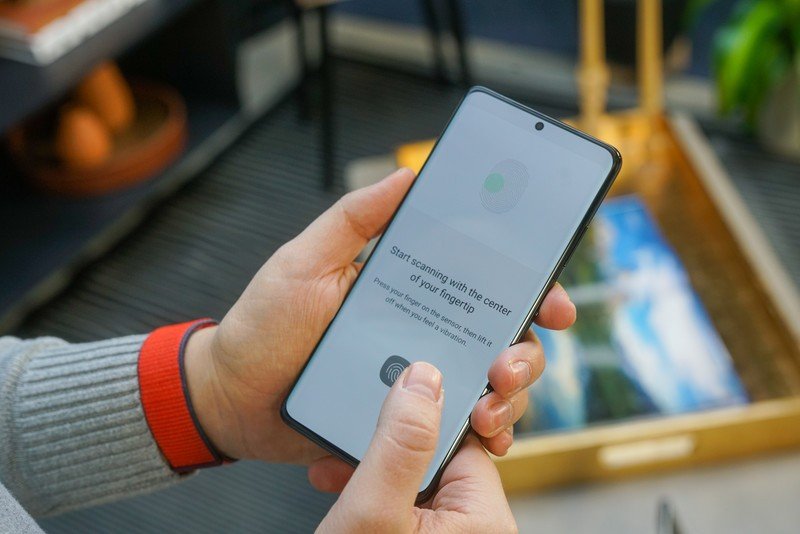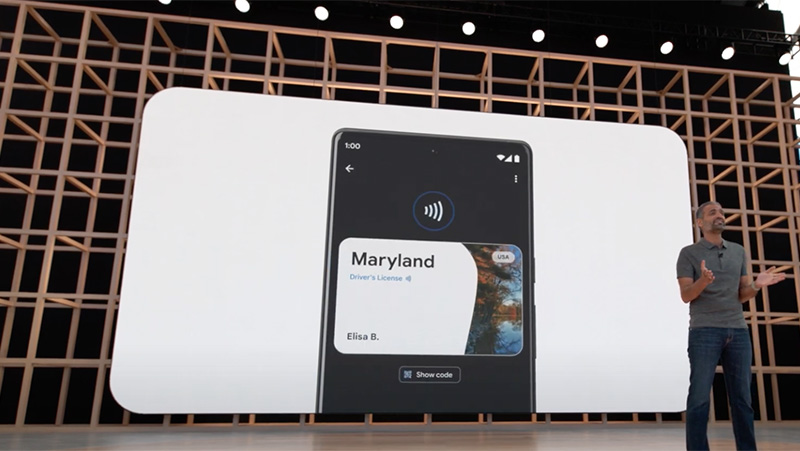
Phone makers offer several different ways to unlock your phone and all the various methods have pros and cons. You probably use biometrics to do it, but did you know you could use a built-in Lockdown mode to force your phone to fall back to the PIN or password on a one-time basis?
It's one of those things you might not have known about and maybe have no idea why anyone would want such a thing. It's also one of those things you need to know about before it's time to use it.
What is Lockdown mode?

When you set up your new phone, you're given the opportunity to set up a lock screen. You'll need to set a password or a PIN (Personal Identification Number), and you can then add a way to unlock your phone using your fingerprints or face unlock.
Most people choose to do this because it's convenient. Unlocking your phone decrypts its contents and it's also the method used for things like your bank's app or to spend money on digital purchases from Google Play or the App Store. Both Google and Apple have spent a lot of time to make sure biometrics are secure and easy to use.
Every so often you need to enter that password or PIN to unlock your phone even if you have a fingerprint set. How often depends on which phone you have, but you'll see this at least once per day. You can force this behavior at any time by enabling Lockdown mode.
Different phones have different ways to enable it. On a Google Pixel, just hold the power button for more than one second and you'll see it in the menu. On a Galaxy phone, you enable it in the settings under Biometrics and Security then an icon will appear in your quick settings. On an iPhone, it's not called Lockdown mode, but you can disable FaceID on a one-time basis by pressing the side button and a volume button at the same time.
On Android phones, lockdown mode disables biometrics and trusted devices, voice recognition, and lock screen notifications. Every phone maker offers a way to enable it, and you probably didn't even know it was there.
Why should I use this?

You should use lockdown mode whenever you want to make sure the only way to unlock your phone is by knowing and entering the passcode. A lot of people will have a specific need for it such as being a heavy sleeper with sneaky roommates, but there is one common (and controversial) use case that some people call "cop mode."
In the United States, law enforcement can force you to place your fingertip on a sensor or keep your eyes open and head still to unlock your phone. However, they can not force you to provide a passcode. Lockdown mode is an easy way to keep law enforcement out of your phone.
I'm not going to jump into the argument over this being good or bad because only you know if you want to give authorities access to your device. It's your phone, and it's filled with your information, so you get to decide who to share it with. Having said that, it's equally important to provide people who choose not to share it with a method to do so.
We see anecdotes about police or border agents rifling through someone's phone regularly on social media or YouTube. I'm going to imagine the ones doing the rifling think they have a good reason for doing it. Some of us may disagree. Either way, it's a thing that does happen, so you need to decide how you feel about it before it can happen.

I happen to think that nobody, including law enforcement, should have free rein over my phone, but don't expect anyone to agree with me—you do you. If you think like me, know that some potential issues may arise.
Digital driver's licenses are already here in some places and will be coming to your state/country eventually. However, there are some things you should be aware of. You cannot show your digital ID or a barcode to an officer if your phone is in Lockdown mode. You can't show proof of insurance via a digital ID card if your phone is in Lockdown mode. Failing to provide either of these things will lead to a situation that has you in violation of the law.
You also can't call your spouse or anyone else while your phone is in Lockdown mode, and entering Lockdown mode will stop any video recording in progress. It really does make your phone useless until you enter the passcode.
What's really important here is that phone makers and the people who write the software that powers them gave us a choice. You should know about it and how it works even if you have never decided to use it.







